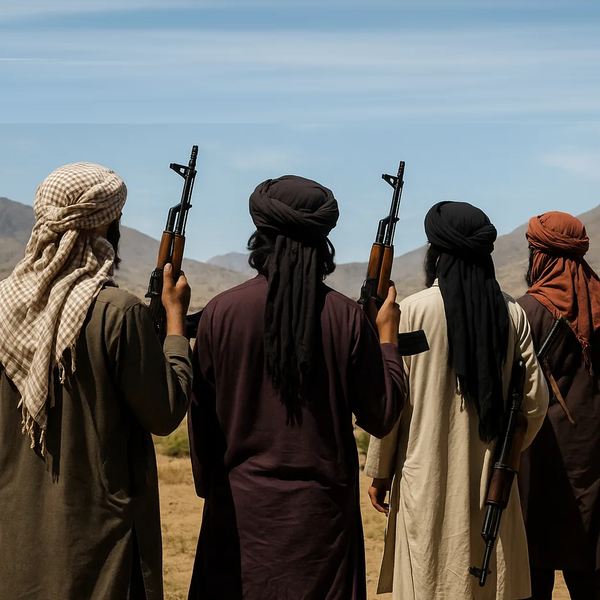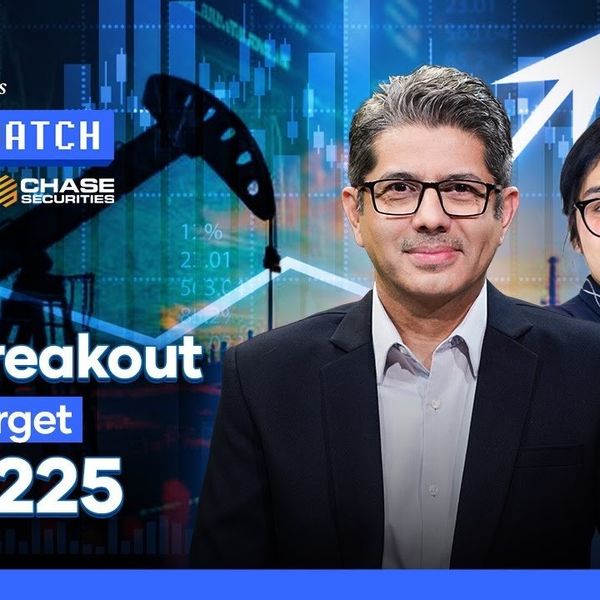How have Pakistan and India's stock markets fared amid rising tensions?
Nukta reveals the difference in points as well as the reasons behind them

Haris Zamir
Business Editor
Experience of almost 33 years where started the journey of financial journalism from Business Recorder in 1992. From 2006 onwards attached with Television Media worked at Sun Tv, Dawn Tv, Geo Tv and Dunya Tv. During the period also worked as a stringer for Bloomberg for seven years and Dow Jones for five years. Also wrote articles for several highly acclaimed periodicals like the Newsline, Pakistan Gulf Economist and Money Matters (The News publications)

Photo by Anna Nekrashevich via Pexels
Two different stock markets. Two very different reactions. As tensions soared following the April 22 attack on tourists in Indian-administered Kashmir, Pakistan's KSE-100 and KSE-30 and India's BSE Sensex went in opposite directions.
Nukta reveals the difference in points as well as the reasons behind them.
Despite strong fundamentals, an announcement regarding the IMF Executive Board's meeting on Pakistan and the upcoming monetary policy meeting, the Pakistan Stock Exchange suffered an overall blow of more than 7,000 points.
Since April 22, the index has lost 7,891 points or 6.6% — despite climbing to a record high in between — with its market capitalization eroding by nearly PKR 970 billion.
A quick glance at the KSE-30 index shows companies shed weight in the range of 6% to 43%. Engro Holdings lost the most and was down by 43%, Mari Energies 34%, Engro Fertilizer 33%, Attock Refinery 30%, Pakistan Petroleum 30%, Pakistan State Oil 24%, United Bank 22%, Habib Bank 19%, and Oil & Gas Development Company 16%.
On the other hand, the Indian stock market gained nearly 1%.
Shaheryar Butt, portfolio Manager at Darson Securities, stated that following the Pahalgam attack, the situation has worsened with each passing day. Trade ties have been completely suspended, leading to broad market impacts — with the Pakistan Stock Exchange bearing the brunt.
The index has taken a severe beating, partly because it had already approached its optimum level, leaving room for a technical correction. Another contributing factor to the market's decline was the pressure from the rollover week, he added.
Butt said that in contrast, the Indian stock market has shown signs of recovery. Over the past week, India’s capital markets have attracted nearly $4 billion in fresh foreign investment. This influx, combined with optimism surrounding a potential breakthrough in India–U.S. tariff negotiations, has supported a recovery in the Indian rupee. Since April 22, the rupee has appreciated by approximately 0.8%. The Pakistani rupee, on the other hand, fell by 0.08% in the open market.
'Irresponsible statement'
Salman Ahmed, head of retail investors at Aba Ali Habib Securities, said that Pakistan’s market was poised for recovery but an “irresponsible statement” from the federal information minister dealt a heavy blow to the stock market and index slipped by more than 4,000 points at one point.
"The statement should not arrive at this juncture, if India has been planning to do some adventure, Indian stock market should have reacted but the index closed with paltry loss," he pointed out.
He said that the fundamentals are quite strong as recently the current account has posted the highest-ever monthly current account surplus, inflation numbers likely to remain in single-digit level, IMF to approve loans worth $2.3 billion and monetary policy will be announced on Monday. He expected the KSE-100 index to recover either on Friday or Monday.
“Abrupt and unexpected statement by information minister that India is planning attack on Pakistan led to substantial decline in the market on Wednesday. However, India ministers haven’t given any such irresponsible statement,” said Ali Nawaz, CEO of Chase Securities.
Technical correction
Equities expert Jibran Sarfraz said that the primary reason for the PSX’s downfall is that it had gained significantly recently and was due for a technical correction.
Moreover, he said that the Indian stock market is showing positive signs because the government has asked financial institutions, mutual funds and big business houses to remain on the buying side, keeping index in the positive territory.
Abdul Azeem, head of research at Al-Habib Capital Markets, said that Pakistan's economy is already weaker than India’s, with ongoing challenges such as high debt, inflation, and political instability. Therefore, any escalation in tensions between the two rivals is likely to hit Pakistan harder, as it adds pressure on an already fragile economic structure, dampens investor confidence, and increases the risk of currency depreciation.










Comments
See what people are discussing